The post 6 Important Considerations Before You Change Camera Brands appeared first on Digital Photography School. It was authored by Carl Spring.

I have finally started to change camera brands. I’ve been shooting Canon since my first ever SLR I got back when I was 16. I wanted to stay with Canon, but their current bodies do nothing for me. Also, the lens prices of the new R-mount system are insane. After spending a lot of time researching, as well as some hands-on time with the cameras I was considering (Sony, Panasonic & Fuji), I ended up moving towards Fuji.
I’ve purchased a Fuji XT3 with the kit lens and a 35mm f2. It has been a decision that I made on several factors, and so far I am really enjoying the images I am getting out of the Fuji. I haven’t sold off my Canon gear yet (nor will I likely do so in the immediate future) but I can definitely see me moving a lot of my kit in Fuji’s direction.
However, the move has thrown up a few surprises, which I wanted to share with you in this article. So without further ado, here are six things to consider before you change camera brands.
1. Know why
The question you must ask yourself is, what are you trying to achieve by moving camera brand? Changing brands is a long, sometimes painful experience that can be as frustrating as it is fun. It is also certainly going to be expensive. However, if you are considering a full-blown brand swap, there has never been a better time. The big two (Nikon & Canon) have changed mounts. This means, even staying with your current brand, you will eventually be changing your whole kit. So for many people, if you are going to move, the time is now.
Why did I move towards Fuji? Three reasons; the weight, the size, and the video functions.
I shoot weddings, and the appeal of lighter gear hanging off me all day is huge. Secondly, as I shoot in a documentary style, the size of the Fuji means the camera is not as intimidating as my 5DMkIV when in close situations. I have noticed in my son already that he is much more himself with the small Fuji camera, as opposed to my DSLR. This is what I see on paid shoots too. When shooting with the Fuji up close on a recent engagement shoot, the couple seemed to relax more. It is hard to put into words, but there is definitely something about the smaller form factor.
Lastly; video. Canon is purposefully, it seems, not putting the video features into its DSLR’s that Sony, Fuji & Panasonic are. I want to shoot more video and am starting to offer it to clients. Fuji beats Canon hands down here and was the deciding factor.
That’s not to say that other things such as Eye AF, a flip-out screen and 100% coverage with AF points are not things I want, they are, but they alone were not enough for me to make the switch.

You will find yourself shooting more to test your new gear out. Here I am testing the bokeh of the 35mm f2, whilst teaching my son to play chess. The smaller size means he acts more natural than when I point my DSLR at him.
2. Be prepared to start again
Unless you are willing to sell off all of your gear to fund your new purchase, you will no doubt (like me) dip your toe in the water first. As a professional, I simply cannot just go all-in on a new system. So it will be a switch over time. The lack of kit is in some ways quite refreshing. It is also making me think about what kit I will need as I begin to build up my new system. However, sometimes I do find myself reaching for my Canon as it has the lens option I want.
A change of system will be expensive and, in the interim at least, you will probably have less gear than you previously had. Remember, it is more than cameras and lenses – you will need to change things like flashes and flash triggers as well.
Little side note here. Pixapro (rebadged UK version of Godox) triggers for Fuji & Canon look identical. The method I’ve used to differentiate them is to color the little quality control sticker red on the Fuji trigger. A quick, simple way to overcome an annoying little problem.
Changing brands and starting again can definitely have a positive impact. As you begin to build a new system, you will think more about what gear you don’t use as well as what you find yourself missing. This means you can save some money in the switching process and lighten the load of your gear bag at the same time.

This was my new kit for 3 weeks. No high-end primes, no myriad of lens options. Just a kit lens. Frustrating, but it did make me think about photography in a way I hadn’t in some time.
3. Retraining the muscle memory
There is nothing worse than the downright dread of coming to grips with a new menu system. Trying to remember which button is the one you mapped for changing autofocus is somewhat frustrating. The remapping of your brain to work with your new camera system is one of those things that is initially fun and exciting.
However, that initial joy soon gives way to frustration. It is surprising how difficult it can be to move systems and retrain your brain to work with the new menu system. It gets easier quite quickly, but you will initially miss shots you would have got, simply because you forgot which button you needed to press.

This has been my workhorse for years. I can operate it in the dark without thinking. I will get there with the Fuji, but it will take time.
4. The cost of switching
It is easy to get carried away in thinking that if you sell off your gear, you will be able to switch systems without a huge outlay. Unfortunately, that isn’t usually the case. Moving camera system will come with a financial cost, and it will probably be more than you think. To move system and a new body and a set of lenses (24-70mm f2.8, 70-200mm f2.8, and a fast prime) you will be looking in the ballpark of £1000-£4000. You can reduce the costs of this by buying secondhand glass. However, with the new mirrorless systems by both Nikon & Canon, the price of secondhand glass is still incredibly high and hard to find.
To give an example, I own the Canon 70-200mm f2.8 IS I lens. I could look to get around £700 for this secondhand at current value. To move to the new Sony G Master of the same focal length, I would need an extra £1700. To pick up a secondhand copy, I would still need £1000, and that is simply for one lens.
When you look at the numbers like that you have to ask yourself, will a change of system for this function be worth £3000? Is eye autofocus, in-body stabilization, and 100% AF points coverage really worth that much? For you, it may be, but do not think there will not be a cost involved in getting the features you need.
Many of you (like me) will be considering a move to a mirrorless-based system. Even changing to the same brand is now going to come with considerable costs as both Canon & Nikon have new lens mounts. I know that you can adapt existing glass for both these systems, but it will not work as well as the new glass designed specifically for the new mounts.
In both cases, the lenses for these systems are commanding top prices. Over time, these will drop, and there will be a larger secondhand market. But at the moment, switching to a Canon or Nikon mirrorless system, complete with native lenses for the system, is no cheaper than a complete change of brand.
I think the mirrorless camera revolution will see many people taking the plunge with different brands. Switching from a 5D Mk IV to an EOS-R is, in reality, the same kind of investment you will make moving to Sony or Nikon.
Again, most brands now have good quality adapters to use glass from other systems, so it does help you take those baby steps. However, the native glass will always give the best performance. Unless you have a great relationship with your bank manager (and/or partner), you may need to transition slowly to cushion the financial impact.

This was meant to be shot on my Fuji. However, the battery died and I had no spares. Luckily, my trusty Canon (and 4 spare batteries) to the rescue.
5. Will the grass be greener?
There is the honeymoon phase in any relationship. I am currently in it with my Fuji. No matter what the sensible part of your brain says, having new gear makes you get out and use it. The more photos you take, the more your photography improves. So, therefore, changing camera gear will make things better right? Well, maybe. If you changed for a specific reason and your new gear addresses it, then, yes, it may be better.
What is more likely, though, is that after the honeymoon phase, your camera will get used no more than your current kit. Your photography will not improve simply because of your choice to change systems. You will again find things that you don’t like about your new system and things you miss about your old one. This is simply because there is no perfect camera.
6. Could you spend money more wisely to advance your photography?
The biggest reason to pause and think about changing systems is whether you could make a different investment that will improve your photography more than a change of brand. It is well documented that lenses are a wiser investment than a new camera body. I have seen countless photographers move towards a full-frame camera, rather than invest in lenses, which is definitely a mistake. Lenses hold their value, will instantly give you better results and will last you way longer than a new camera body.
If you look at a minimum of £1000 to change camera brands, then think of what else you could invest that money in to improve your photography. Portrait photographers, that could buy you a great off-camera flash system with modifiers that will take your portraits to a new level. You could invest in new lenses for your current camera that helps you shoot better in low light, or give you more reach as a wildlife photographer.
However, look beyond gear. What could £1000 worth of education do for your photography? How about spending £1000 on a trip to locations that you have always wanted to photograph? In many cases, changing your camera system is possibly the least likely thing to advance your photography.
For most of us, we simply got caught in the hype and Facebook chatter about a new camera. We think it will be a magic bullet that makes us take more photos or better photos. But in reality, it won’t. You will have a shiny new toy that you love, until the Mark 2 comes out and you will convince yourself again that you need to upgrade.
There are lots of legitimate reasons to change systems. There is also absolutely nothing wrong with switching to a new camera system simply because you want to. Just beware of the hype that it will make your photos better because it won’t.

The Fuji will make me money. Will I make more money than if I had kept my Canon? No. My back, however, will thank me for the lighter weight.
I’m not trying to convince you either way (you probably wouldn’t listen if I did). I am just giving you some things to think about if you are looking to move from your current camera system. Happy shopping.
Have you made the switch to a new camera system or considering it? Share with us in the comments section below!

The post 6 Important Considerations Before You Change Camera Brands appeared first on Digital Photography School. It was authored by Carl Spring.

Digital Photography School













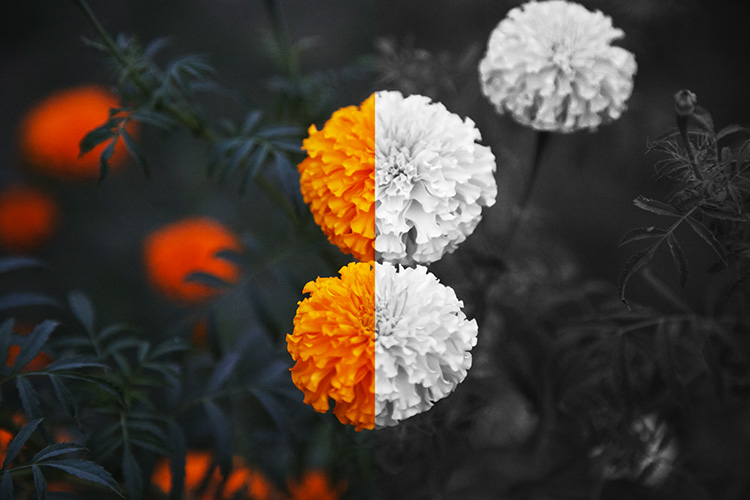
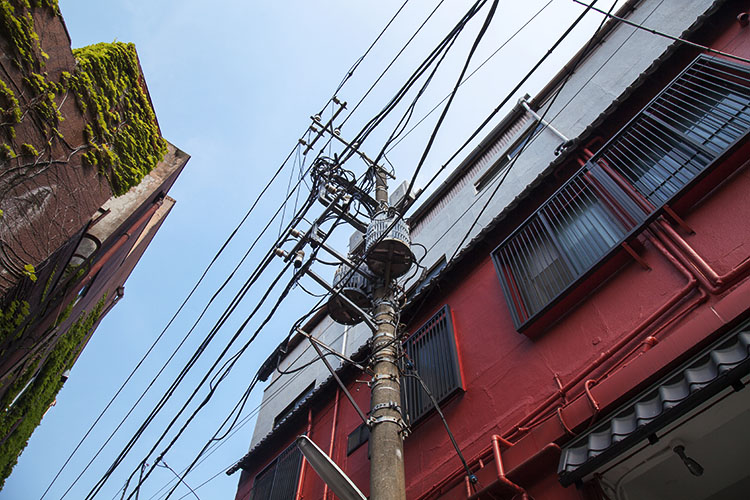
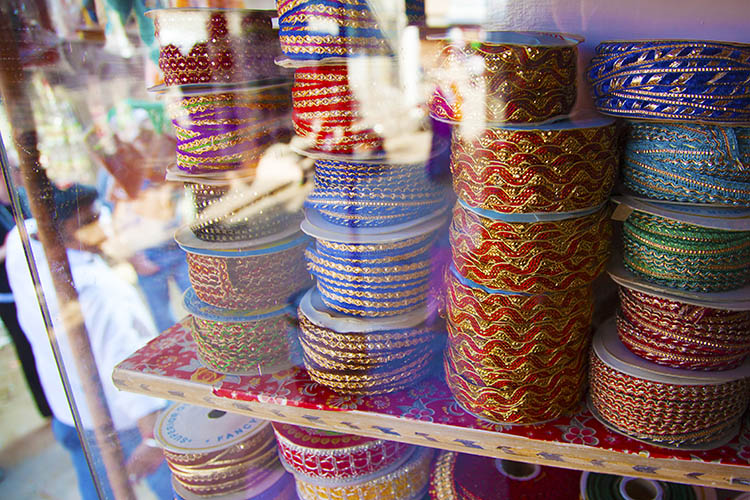
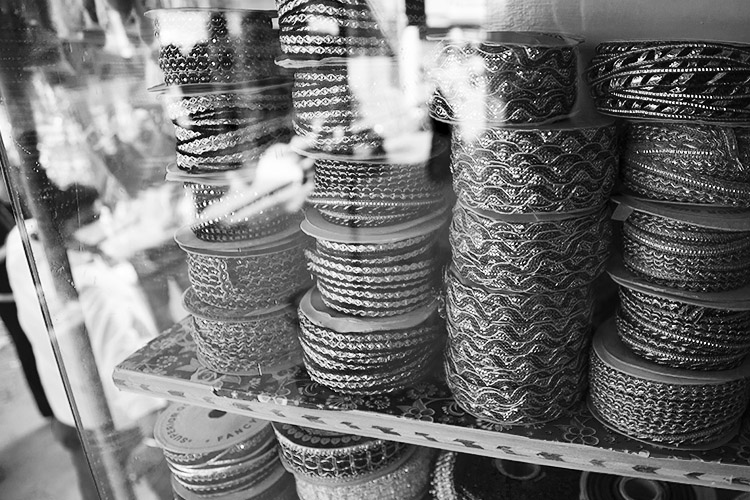



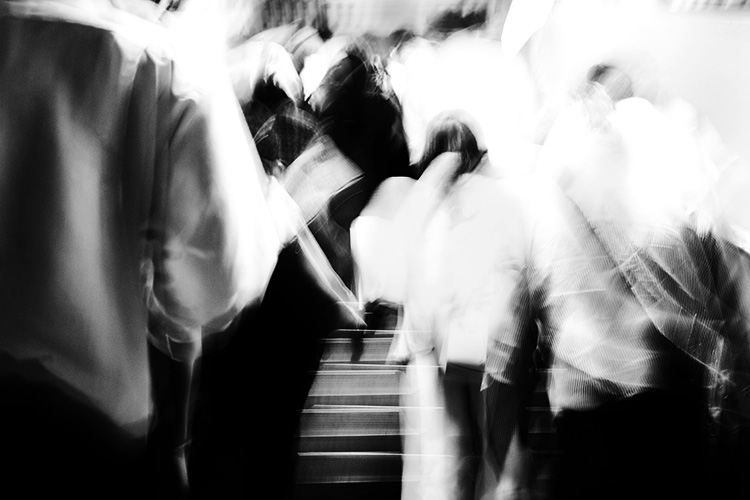

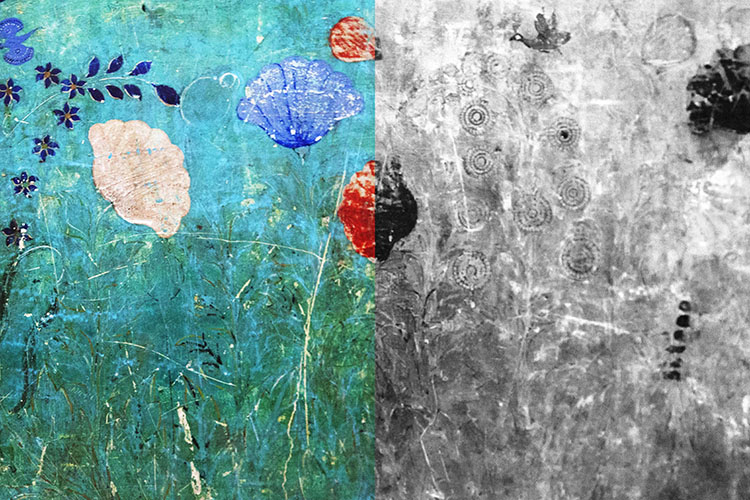
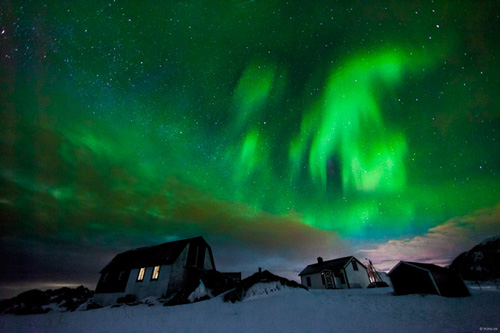
You must be logged in to post a comment.